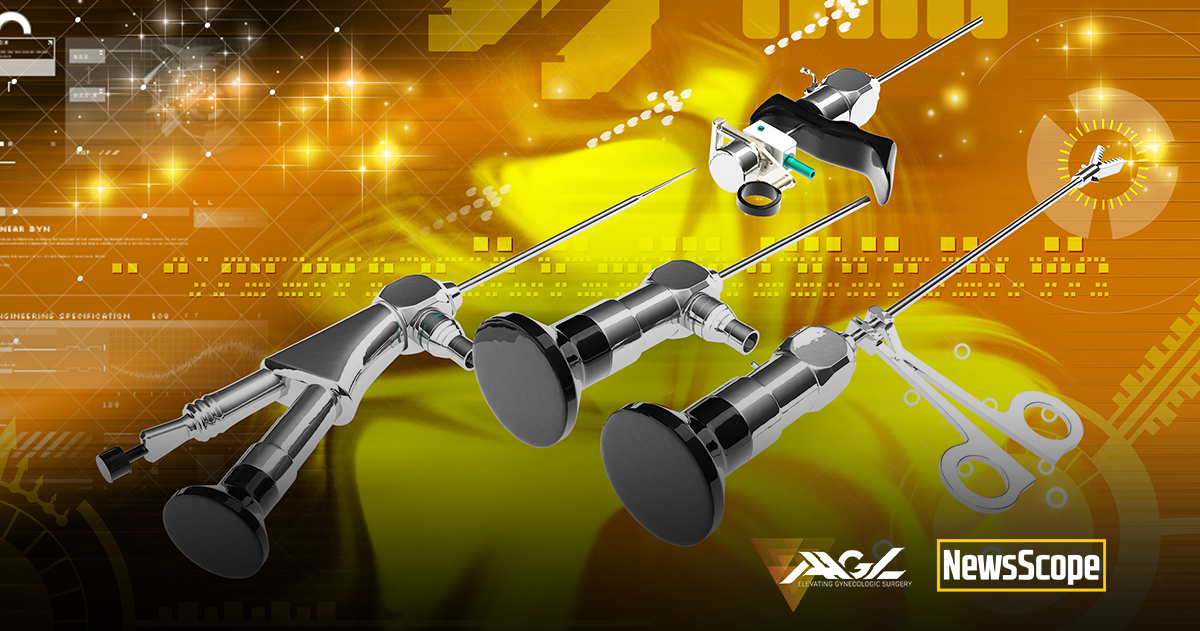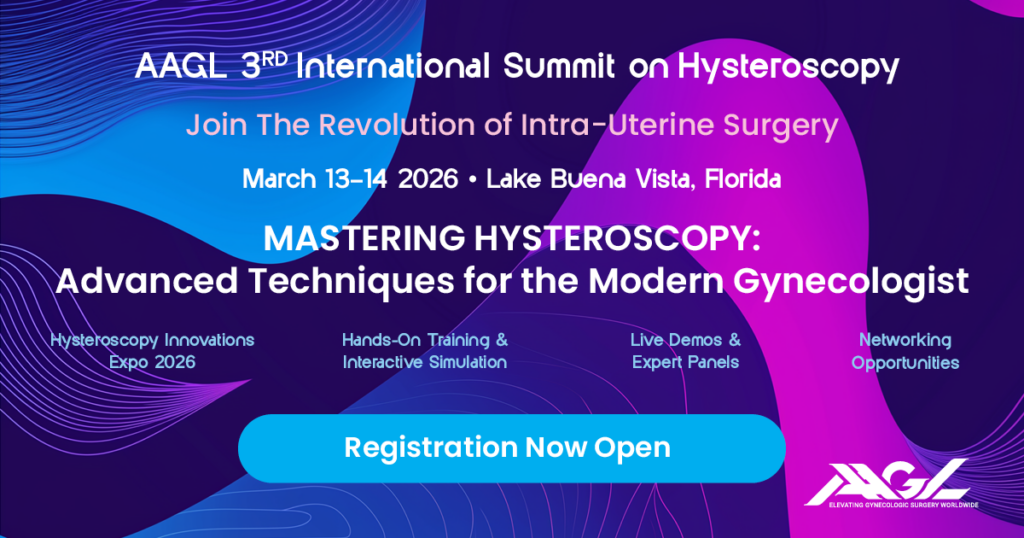Hysteroscopy: A Gynecologic Revolution

Over the last few years, hysteroscopy has rapidly evolved, gaining an important role in modern gynecologic practice. Currently, hysteroscopy is considered the gold standard procedure for the evaluation and management of intrauterine pathology replacing traditional blind procedures such as the dilation and curettage (1). It has been more than one hundred years since the first-time hysteroscopy was performed in 1869 by D.C. Pantaleoni. He used a device similar to a cystoscope to remove an endometrial polyp in a 60-year-old woman with postmenopausal bleeding (2). Initially, only mechanical instruments were available limiting the capacity to perform complex procedures. Subsequently technological advances have dramatically improved the quality of the optics and with the introduction of electrosurgery in hysteroscopy a new spectrum of pathologies are now possible to treat with the hysteroscope avoiding more invasive surgical interventions (3).
The main advances in hysteroscopy that have revolutionized current hysteroscopic practice are the following:
- Introduction of electrosurgery in hysteroscopy with the creation of the resectoscope with the use of monopolar and bipolar energy allowing to treat more complex pathology
- The creation of better and smaller optics and the use of High Definition cameras that improved the quality of the image
- Miniaturization of the instruments that resulted in the creation of the mini-resectoscope
- The invention of the hysteroscopic tissue retrieval systems
When evaluating the impact of the different advances that occur in the field of surgery, it is important to know the personal impression of surgeons, who are the ones that will have in their hands all the new surgical instruments. According to our opinion as hysterocopists, there are two inventions that have changed the practice of hysteroscopy as we call it “The new Hysteroscopy 2.0”. These innovations are the miniresectoscope and Tissue removal systems (TRS) also known as morcellators. The main advantage is that they decreased the complexity of intrauterine surgery, reducing surgical times and increasing patient safety. We also believe that there are specific pathologies for which they are more efficient and in which their use is more appropriate. Endometrial polypectomy, small submucosal fibroids type 0 or type 1 and the removal of RPOC, are indications for which the TRS stand out for their speed and precision.
The treatment of uterine malformations such as the uterus septum and T-shaped uteri as well as the remodeling of the scarring defects of a previous caesarean are specific pathologies for which the mini-resectoscope plays a more important role.
Hysteroscopy has become an important tool to evaluate intrauterine pathology including endometrial polyp, submucous myoma, intrauterine adhesions and uterine anomaly. In most cases, the diagnosis and treatment of these lesions can be performed in the office or outpatient setting without need for anesthesia. Smaller, more portable systems are now available which provide the opportunity to perform hysteroscopic procedures in an office setting.
References
- Loffer FD. The Time Has Come to Quit Relying on a Blind Endometrial Biopsy or Dilation and Curettage to Rule Out Malignant Endometrial Changes. Journal of Minimally Invasive Gynecology. 2019;26(7):1207-8.
- Russell JB. History and development of hysteroscopy. Obstetrics and gynecology clinics of North America. 1988;15(1):1-11.
- Kogan L, Dior U, Chill HH, Karavani G, Revel A, Shushan A, et al. Operative hysteroscopy for treatment of intrauterine pathologies does not interfere with later endometrial development in patients undergoing in vitro fertilization. Archives of Gynecology and Obstetrics. 2016;293(5):1097-100.






